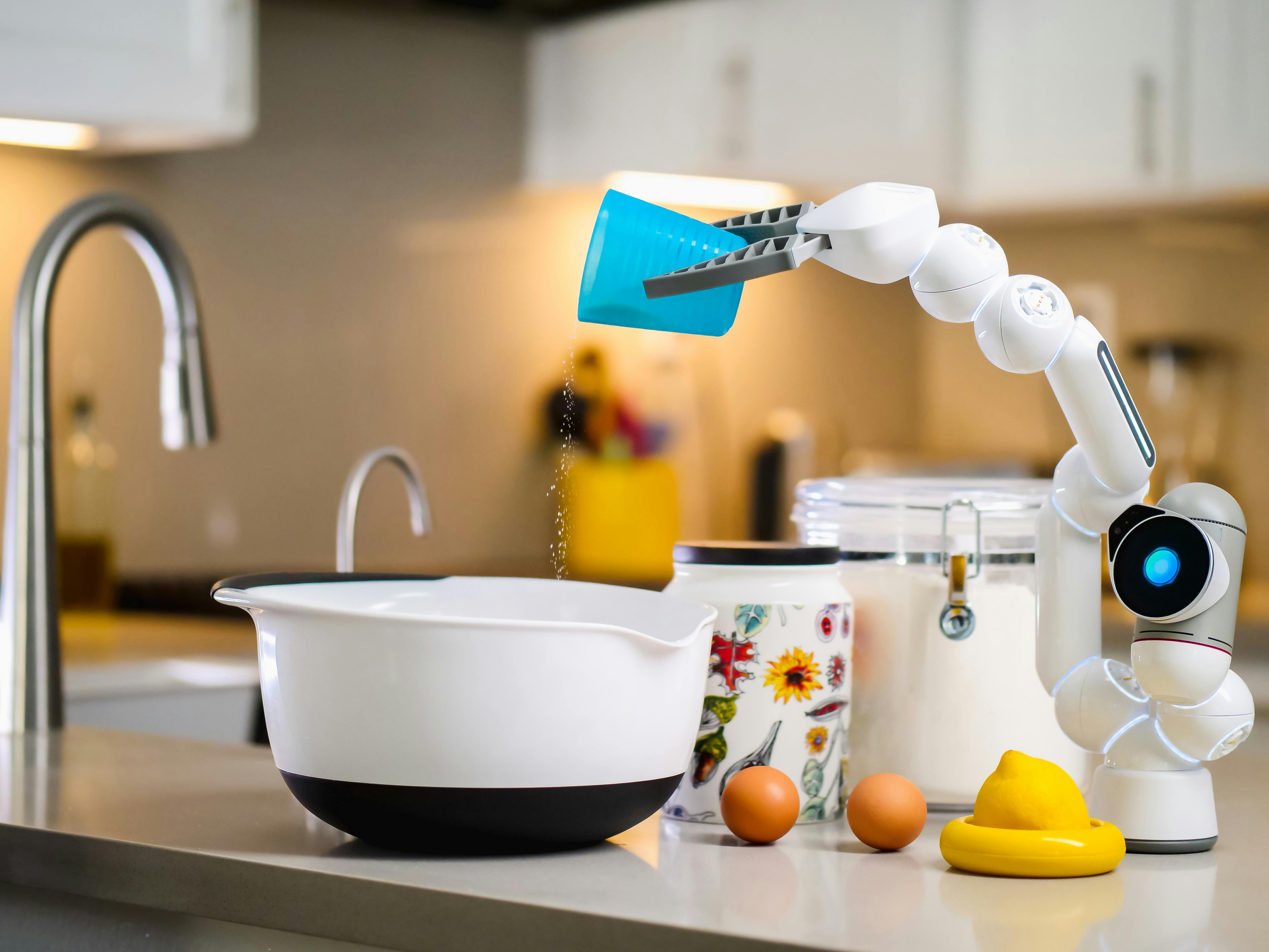
Helix: A Breakthrough in Humanoid Robotics
The field of robotics is experiencing a revolution, driven by advancements in artificial intelligence (AI). Among these innovations, Helix by Figure AI stands as a remarkable achievement. This sophisticated model fuses vision, language, and motor control, enabling humanoid robots to walk, balance, and act in ways that closely resemble human behavior. In this blog post, we will delve into the mechanics of Helix, its applications, and its potential impact on the future of robotics.
Understanding Helix
Helix represents the convergence of multiple AI disciplines. It integrates vision, language understanding, and motor skills into a cohesive framework. This tripartite structure allows robots not just to perceive their environment but also to interpret and interact with it in a meaningful way.
The Components of Helix
- Vision: Helix utilizes advanced visual recognition algorithms to understand and navigate its surroundings. This capability enables the robot to identify objects, people, and obstacles effectively.
- Language: Through natural language processing, Helix can comprehend and respond to verbal commands, making human-robot interaction more intuitive.
- Motor Control: Helix’s motor control system is designed to perform agile and human-like movements, allowing it to walk, balance, and manipulate objects with precision.
How Helix Works
The core of Helix’s functionality lies in its unified architecture. By combining these three components, Helix operates in a way that mimics human cognitive processes.
1. Vision Integration
Vision is the first step in the decision-making process for Helix. The robot’s cameras capture real-time images, which are processed using deep learning techniques. This enables the robot to recognize various elements in its environment:
- Identifying the position of objects
- Detecting obstacles
- Understanding spatial relationships
2. Linguistic Understanding
Once Helix has gathered visual information, it translates commands and queries into actions. The language model interprets input, whether it be a simple instruction like “pick that up” or more complex requests involving multiple steps.
3. Motor Control and Action
After processing visual and linguistic context, Helix engages its motor system. Advanced algorithms allow it to perform tasks seamlessly, whether that’s walking over uneven surfaces or balancing on one leg. The motor control mechanism uses feedback from sensors to adjust movements in real time.
Applications of Helix in the Real World
Helix is not just an academic exercise; it has practical implications across various domains:
1. Healthcare
In healthcare, humanoid robots powered by Helix could assist with patient care. By understanding verbal requests and navigating hospital environments, these robots could deliver medication, help with mobility, and even provide companionship.
2. Home Assistance
Helix could revolutionize home assistance by acting as personal robots that support daily tasks, from cleaning to preparing meals, enhancing the quality of life for individuals, especially the elderly.
3. Manufacturing and Warehousing
In industrial settings, Helix robots could improve efficiency by managing logistics tasks, such as sorting items, locating inventory, and reducing human error in processes.
Challenges and Limitations
Despite the promising technology, there are challenges ahead:
- Safety: Ensuring the safety of humans interacting with humanoid robots remains a top priority. Proper safeguards and ethical considerations must be in place.
- Complex Environments: Navigating complex and dynamic environments presents ongoing technical challenges that require continual refinement of the algorithms.
The Future of Helix and Humanoid Robotics
The development of Helix by Figure AI is just the beginning. As AI technology continues to advance, we can expect humanoid robots to become more autonomous and capable of complex tasks. The question is not whether robots will coexist with humans, but how they will transform our everyday lives.
In conclusion, the Helix model represents a significant advancement in humanoid robotics, bringing together vision, language, and motor skills. As Figure AI continues to innovate, the potential applications are vast, paving the way for a future where robots and humans can collaborate more seamlessly.
For recommended tools, see Recommended tool
Disclosure: We earn commissions if you purchase through our links. We only recommend tools tested in our AI workflows.

0 Comments